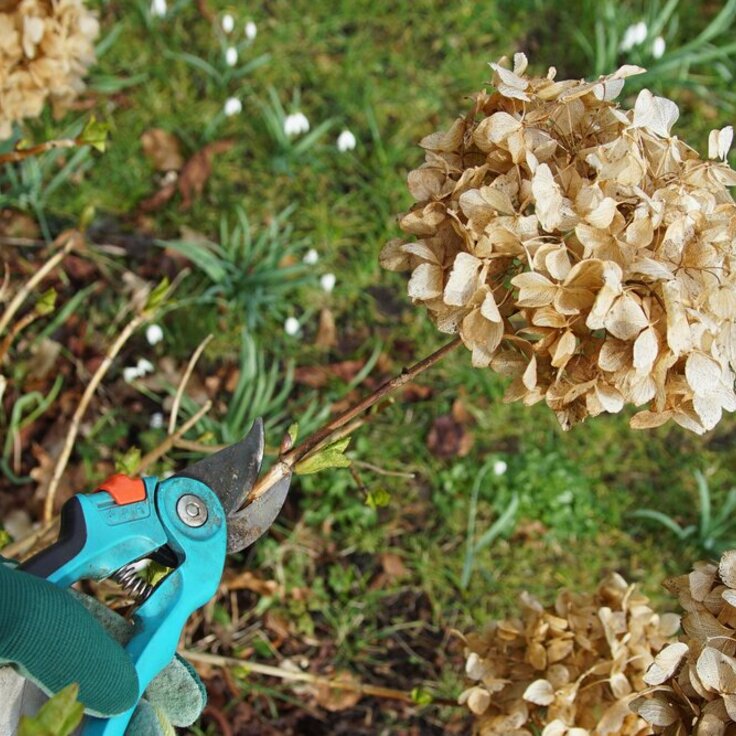Dealing with Deer
Gardening has plenty of challenges including insects, diseases, weather, and difficult soil conditions. Overcoming these is part of what makes gardening fun and so rewarding, however there is one challenge many gardeners face that leaves them feeling overwhelmed, as if gardening life just isn't fair. We're talking about deer.
People take different views of deer. To the hunter they are, well, food. To the new owner of a piece of country land, they are a beautiful part of the ambiance -- nature to be fed and lured up close. But to the gardener they are often vandals that ruin hundreds of dollars worth of landscape investments.
Whether you love their presence or detest it, or like most folks live with mixed emotions, deer are an increasing part of our gardening lives. As our suburbs and developments spread outward into their habitat, deer change from timid Bambi's into bold and hungry creatures. When wild food is plentiful they may be less tempted to visit our yards. But hungry deer will actually eat prickly pear cactus during a summer drought.
There are a number of ways to protect our gardens against deer. Just keep in mind that none come with a guarantee of success. Consider them as tools or options to help you protect your garden, and be ready to adjust your strategy periodically.
Least Favorite Plants
Not all plants are equally tasty to deer. Choose as many of their least-favorite plants as possible. Check with a local nursery or online for suggested plants in areas plagued by deer. Keep in mind that lists from one part of the country may not be applicable in another area. When you have plants that are among those they love, hide them among a group of non-preferred plants.
Repellents
There are many repellents that can be sprayed on plants to provide tastes or odors that are unpleasant to deer. Commercial products and home remedies are both fairly effective when deer are not starving. Repeat the sprays periodically and after rains to maintain their effectiveness.
Scare Tactics
Sound, movement, and natural enemies all can cause deer to avoid an area. If you live in a neighborhood, sound devices are not a great option. An energetic and alert dog can be helpful, but you may have to put coffee in the water bowl to keep it on duty all night! One scare device that has proven fairly effective is a motion-activated sprinkler that shoots a powerful stream of water to startle anything that steps into the area. Remember that deer get used to things after a while, so be prepared to change location and techniques periodically.
Fences
Fencing can be effective if done right but it also can be expensive and may be unsightly. There are many types of deer fencing, including decorative iron fencing, black plastic 1-inch mesh netting, electric fences, and wire-mesh fencing. Non-electric fences need to be at least 7 feet high to deter deer. Small areas less than 15 or so feet in diameter can be protected by a lower fence as deer are less likely to try to leap into a small area. Protect new trees and shrubs with a ring of wire a foot or two out from the trunk to keep the deer from rubbing horns on the trunk and branches, or stripping off the lower foliage within their reach.
Deer love to sample new plants. Their sampling can pull newly set annuals and perennials out of the ground before they have a chance to settle in. A wire mesh cage or cover over them for a month or so can at least give them a chance to become well rooted and more able to recover from nibbling.
For more information please click here for The National Gardening Association.








